|

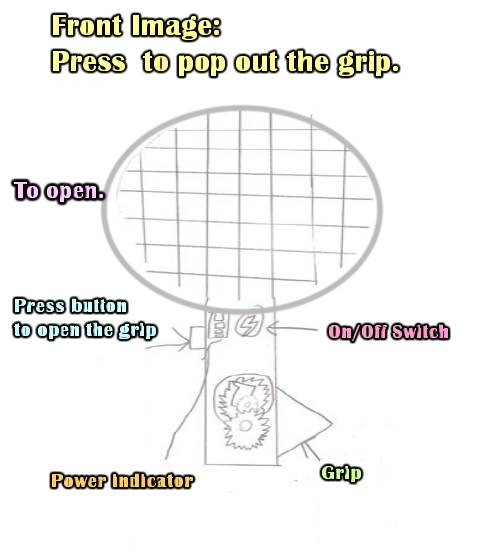 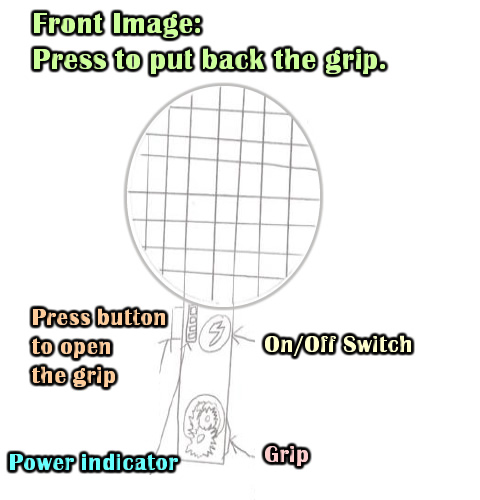
Design, motivation and purpose
In general electric mosquito swatters do not indicate the status of their remaining battery power. Quite often, the swatter runs out of battery just when we need it. As it usually stays switched on even when we are not using it, one needs to frequently replace or recharge the battery. This is a waste of money and energy and most importantly, it's not environmentally friendly. The Non-battery Rechargeable Mosquito Swatter offers a solution to these problems. It produces and stores electricity in itself, while also indicating the status of its remaining energy.
Outstanding & creative features
1. It requires neither disposable batteries nor a power cord. Electricity is supplied and stored manually by squeezing a dynamo-grip. Therefore, it's economical and environmentally friendly.
2. It has a power status indicator to indicate its remaining energy level.
3. The Non-battery Rechargeable Mosquito Swatter can be manually recharged. It's easy and convenient. Squeezing the dynamo-grip to manually recharge the mosquito swatter is also a good hand work-out. It can serve as a hand exercise grip to improve your health.
Functions and Operations
(A) Functions
1. Electricity is supplied and stored manually by squeezing the dynamo-grip. It does not require disposable batteries. It's economical and environmentally friendly.
2. It has a power status indicator to avoid running out of power.
3. The Non-battery Rechargeable Mosquito Swatter can be manually recharged at anytime.
4. It works as a hand exercise grip that can improve your health.
(B) Applications
1. When the power is low, press the button on the left and the grip will pop out. Keep doing the squeeze-and-release action (squeeze--release--squeeze--release) to activate the internal gear wheels. When the internal gear wheels are spinning, it produces kinetic energy that will convert to electrical energy.
2. The power status indicator will increase the power level until it is fully charged.
3. Press to put the grip back to the case.
4. Turn the switch to "on" when using the electric mosquito swatter, set it to "off" when not using it to avoid electric shock and unnecessary energy consumption.
Other considerations:
1. In case of running out of power, three mercury batteries are stored as emergency energy source. Remember to manually recharge the mosquito swatter and try to avoid using the mercury batteries.
2. The emergency mercury batteries are permanently installed and can't be replaced.
Manufacturing process and description:
A. Materials:
Electric mosquito swatter, hand press flashlight, battery indicator
Screwdriver, hot melt adhesive, pliers, scissors, sharp nose pliers, tape, marker pen, large
utility knife
.
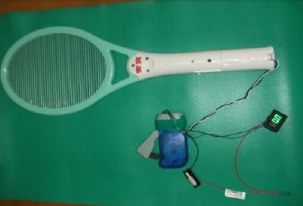 
B. Steps:
1. Take off the battery case cover, unplug the batteries, and use a screwdriver to take out the screws on the mosquito swatter.
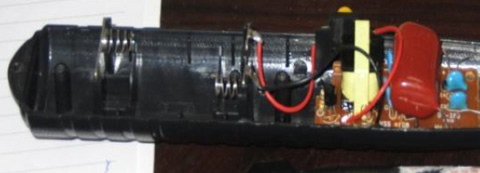
2. Use a plier to break off the plastic parts.
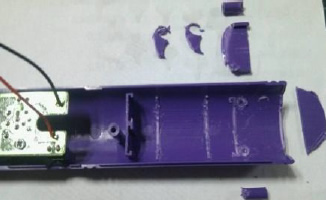
3. Use a screwdriver to take out the screws on the hand-squeeze flashlight.
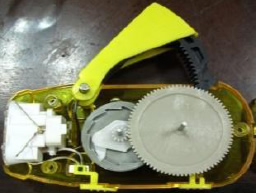
4. Remove the LED light of the flashlight.
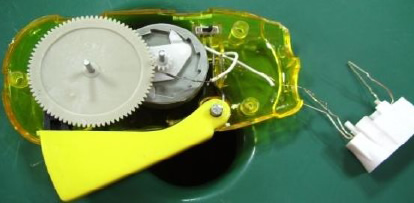
5. Connect the positive and negative charges of the flashlight to the positive and negative charges of the mosquito swatter.
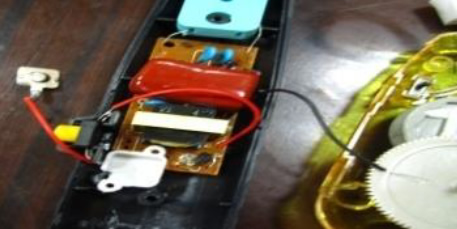
6. Put the screws back and fix them with the hot melt adhesive.
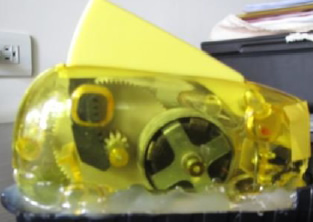
7. After the adhesive has dried, connect the battery indicator to the positive and negative charges of the flashlight.
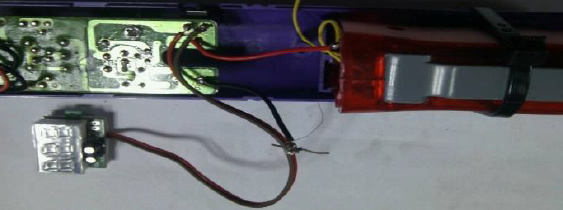
8. Completed swatter.
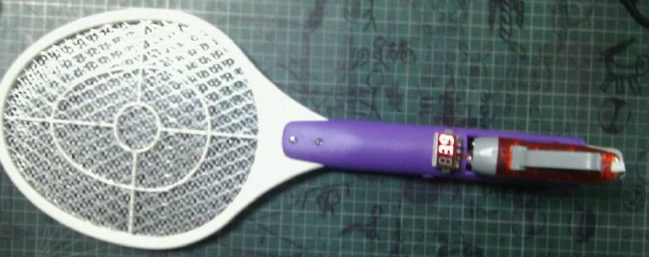
Notes:
In the process of trying to create a new electric mosquito swatter, we made a lot of mistakes and we did a lot of improvement. We have used at least 5 to 6 regular electric mosquito swatters. We sometimes forgot to take pictures of the steps; or some of the pictures we took were not clear. The images we use in this manual were the clearest pictures taken of various swatters and LED hand-squeeze flashlights. Therefore it seems a bit non-chronological. But we worked really hard, we made mistakes and we improved. Unlike some other teams, who spent money to get their product made by factories, our team really did worked without outside help. This is the most important attitude and spirit for invention and creation. We beg the teachers in the jury for the best understanding and tolerance.
|















